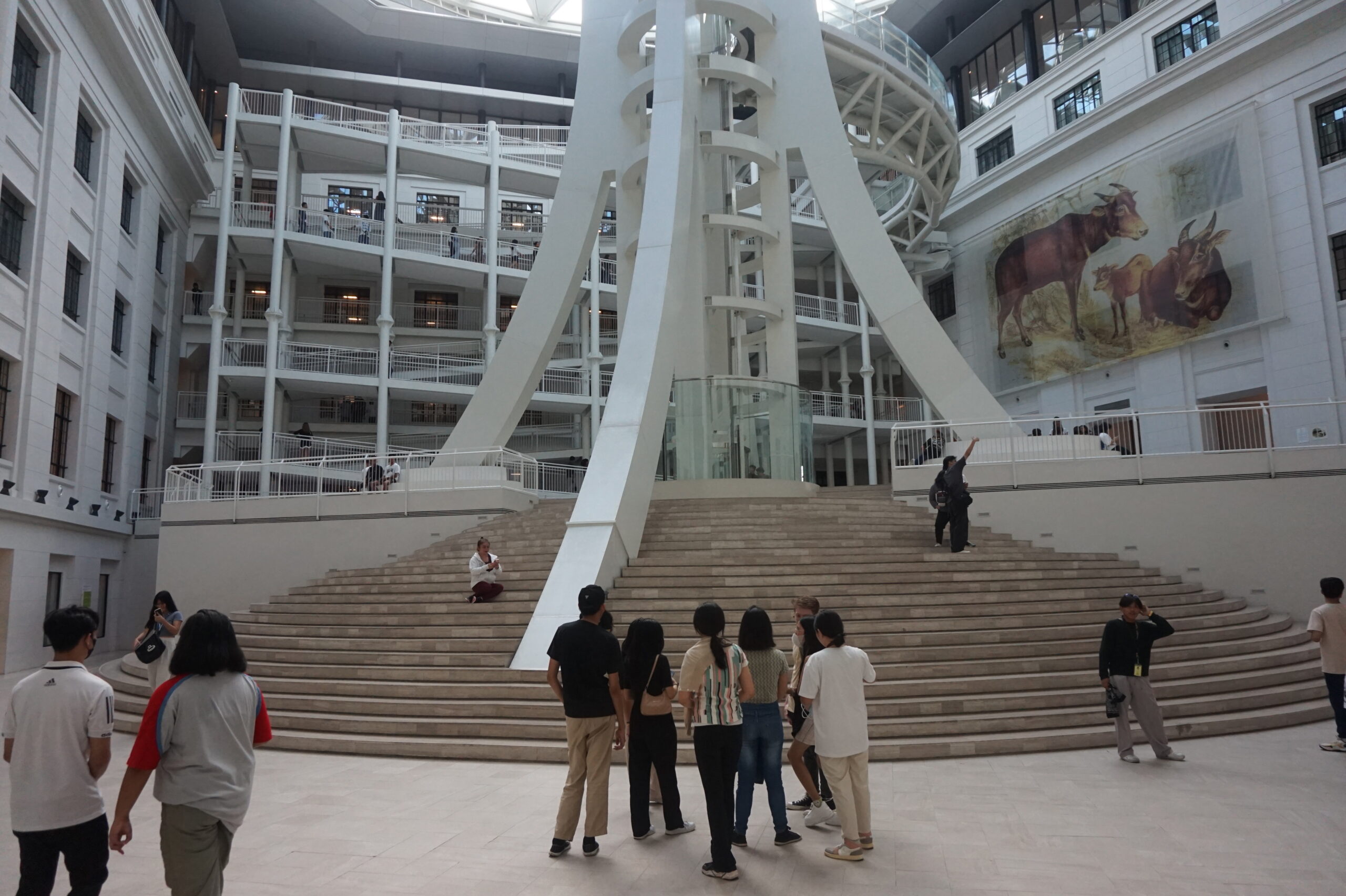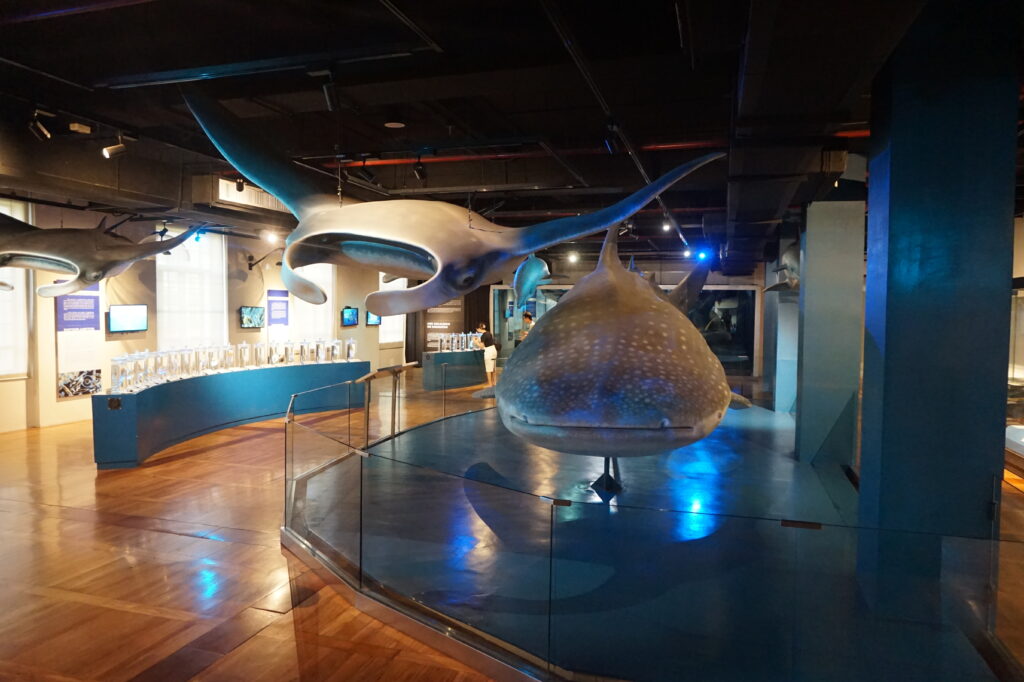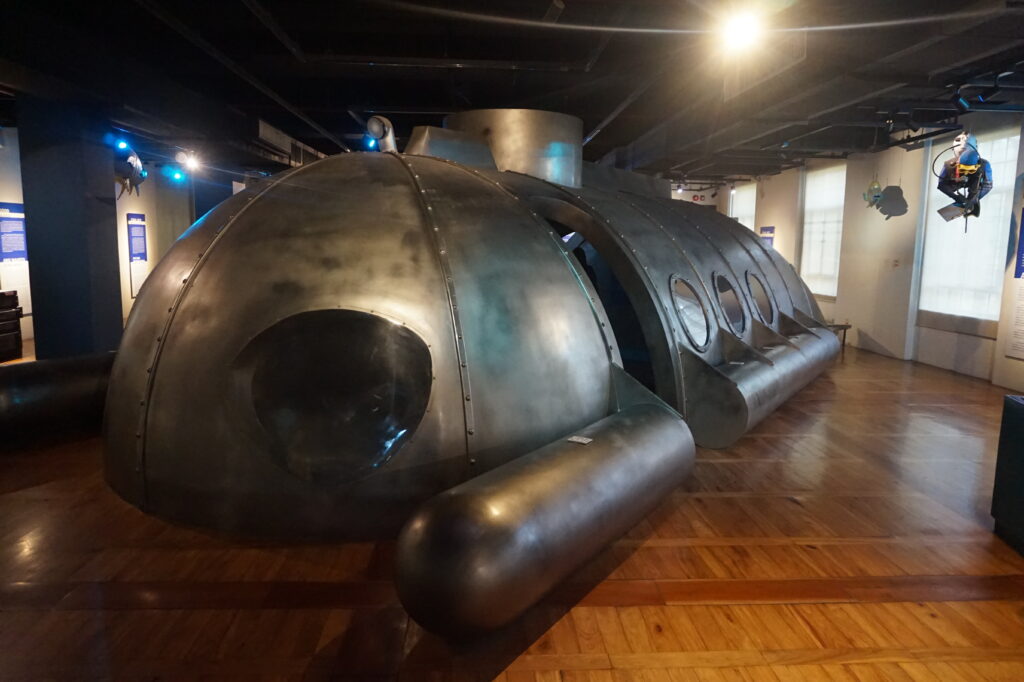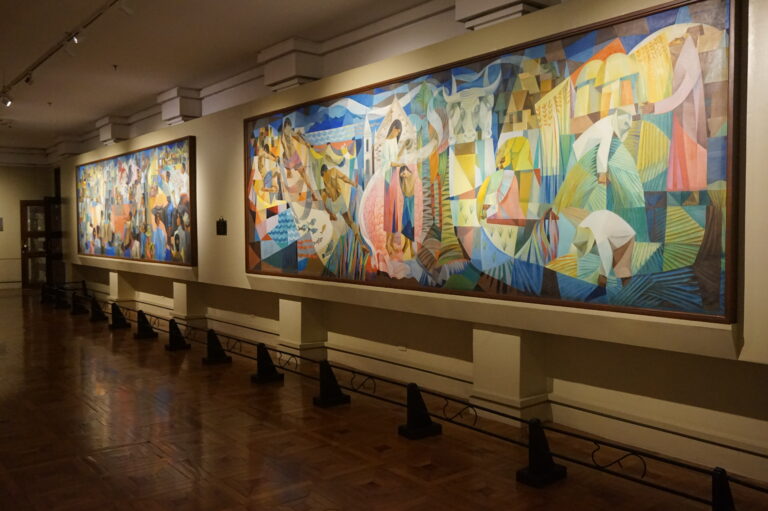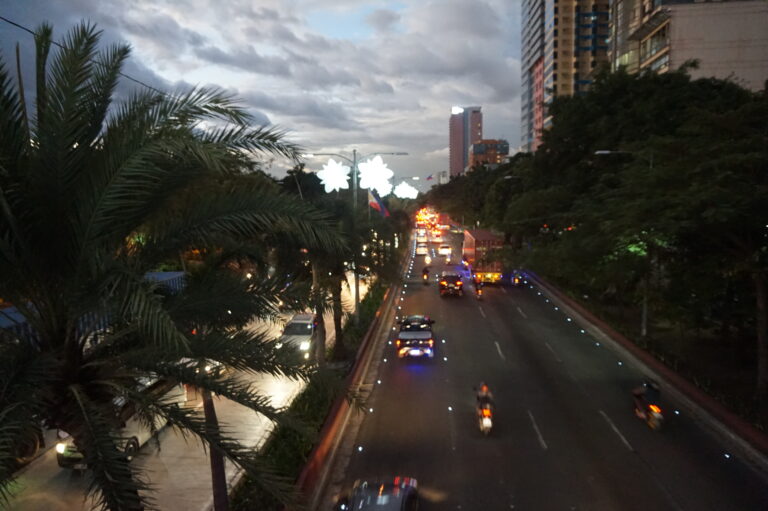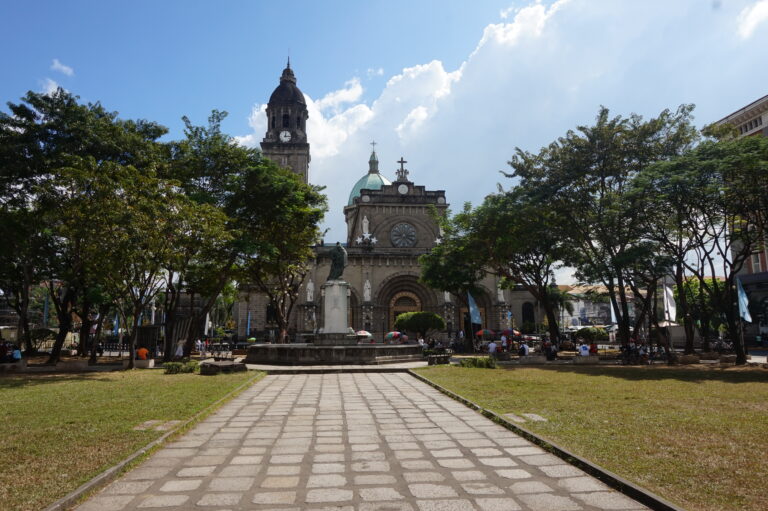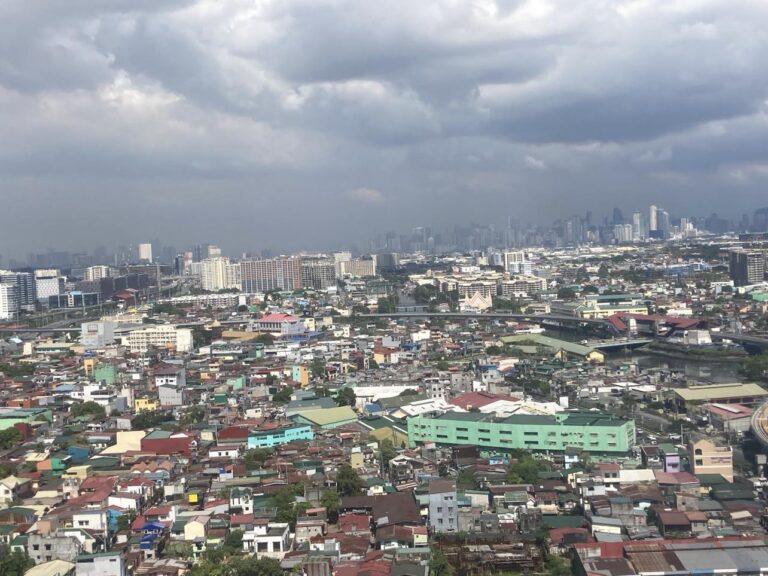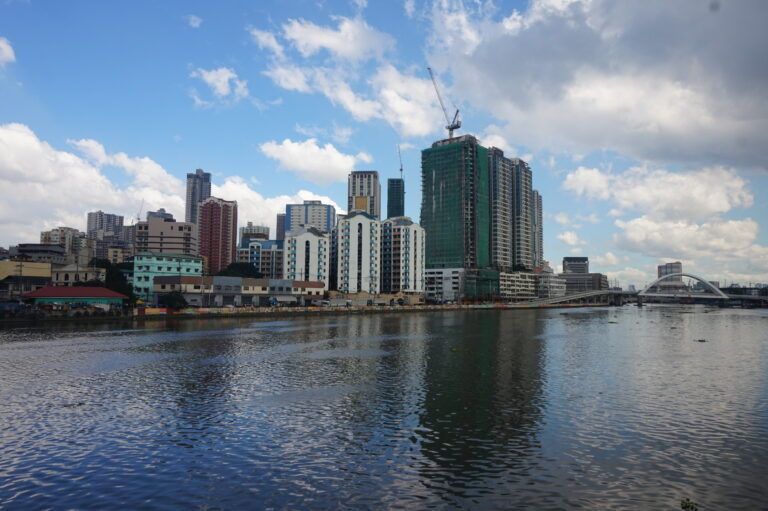Discovering the National Museum of Natural History Manila – Complete Visitor’s Guide
The National Museum of Natural History in Manila is a symbol of the Philippines’ abundant biodiversity and its dedication to conservation. Located in the heart of the city, this stunning architectural masterpiece not only boasts an impressive collection of natural wonders but also functions as an educational center for visitors of all ages.
This guide is designed to give you a comprehensive overview of why the museum is a must-see destination, ensuring that you get the most out of your visit. Make sure to read it before you go for the best trip possible!
What to know before visiting!
Make sure to bring your passport for Identification, in my case a photo of my passport was okay. You’re also not allowed to bring your bag inside, but it looked pretty safe to leave my bag there. Its guarded and you get a badge you need to deliver back to get your bag.
Opening Hours and Ticket Prices
The museum welcomes visitors from Tuesday to Sunday (closed every Monday), 09:00 AM to 6:00 PM, offering free admission to all. This initiative encourages everyone to explore the Philippines’ natural heritage without the barrier of cost.
Planning Your Visit
To fully enjoy the museum without the inconvenience of crowds, consider visiting on weekday mornings. Although the museum provides free entry, arriving early ensures a more personal experience with the exhibits. Although there can be a lot of students on school trips here!
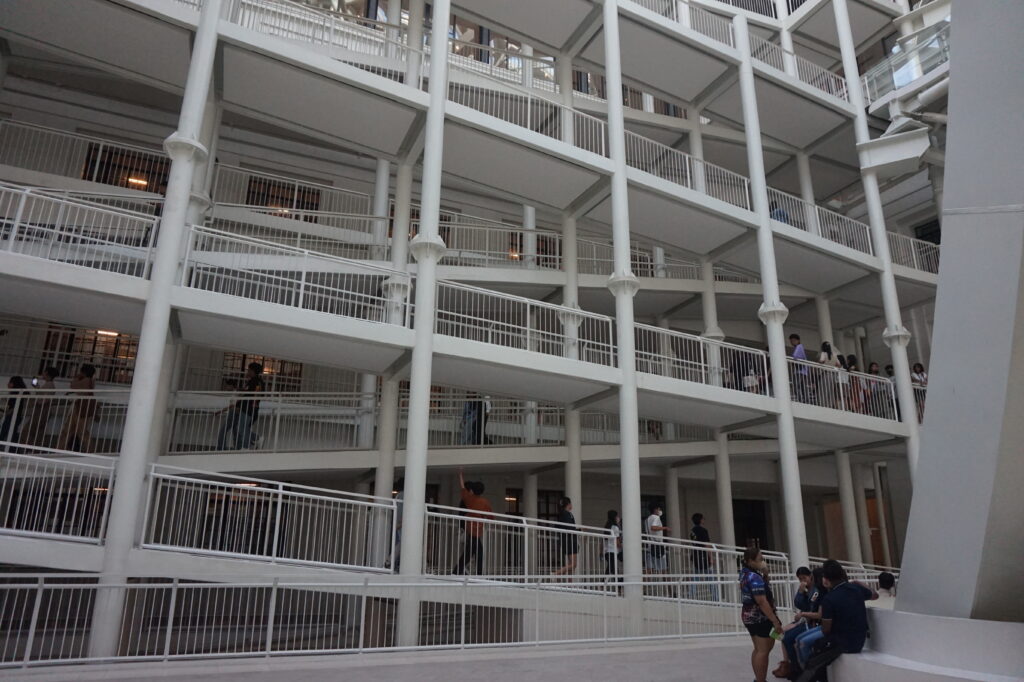
How to Reach the National Museum of Natural History
Situated within the historical Rizal Park, the museum is accessible via public transportation, including jeepneys and light rail transits that stop near the park. For those driving, parking can be found in designated areas around Rizal Park. The museum’s central location makes it a convenient addition to any Manila itinerary. It is also perfect for visiting the other museums that are part of the National Museum complex and are within walking distance.
Main Attractions and Exhibits
Discovering the Wonders Within
The museum’s centerpiece is the “Tree of Life,” which symbolizes the interconnectedness of all living things.
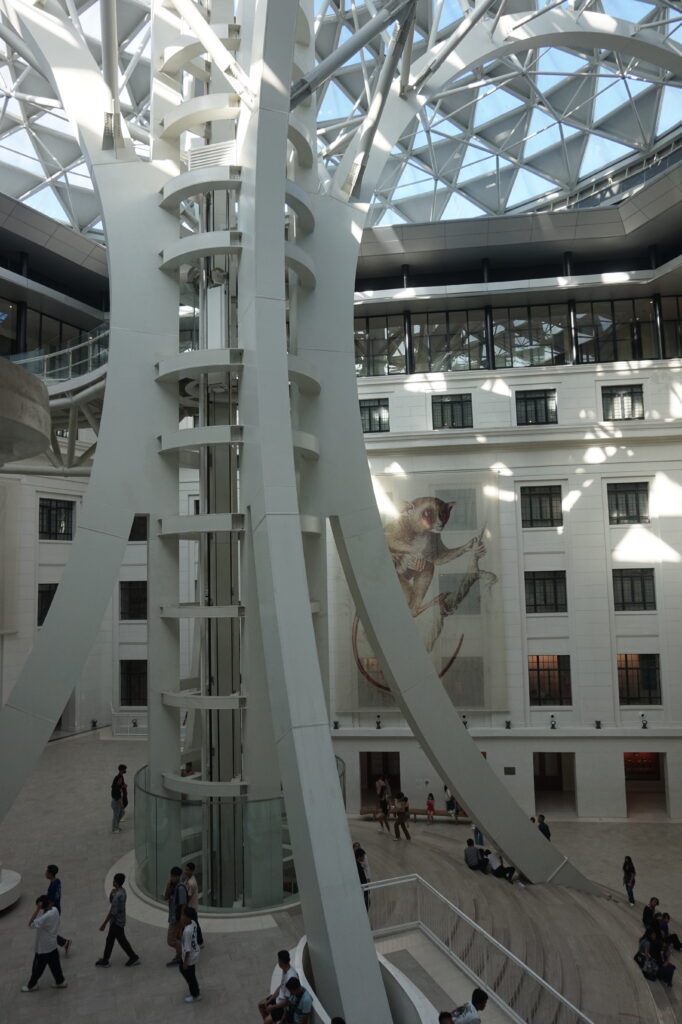
Notable exhibits include the Lolong exhibit featuring the skeleton of the largest crocodile ever held in captivity.
Make sure to see the devoted section to the Philippines’ diverse marine life, which highlights the country’s role as a center of marine biodiversity.
Making the Most of Your Visit
Don’t miss the museum’s rooftop garden, which offers panoramic views of Rizal Park and Manila, providing a serene escape from the bustling city. For photography enthusiasts, the museum’s architecture and the natural light in exhibit halls offer perfect conditions for capturing stunning photos.
Unique Features of the Museum
Designed by Antonio Toledo, the museum’s structure is a work of art in itself, featuring a dome that allows natural light to illuminate the exhibits below. Its establishment marks a significant moment in the Philippines’ dedication to preserving its ecological heritage, providing a space where education and conservation go hand in hand.

Consider Taking a Guided Tour
Guided tours offer in-depth insights into the museum’s collections, while interactive exhibits, such as the biodiversity wall and replicas, provide hands-on learning opportunities. Seasonal exhibitions and educational programs further enrich the visitor experience, making every visit unique.
Why the National Museum of Natural History is a Must-See
The museum is more than just a display of artifacts. It provides an all-encompassing experience of the natural world. It has a crucial role in educating people about the environment, imparting knowledge about the significance of biodiversity, and promoting conservation efforts in the Philippines. Whether you’re a local or a tourist, the museum offers an opportunity to explore and be inspired by the beauty and vulnerability of our natural world.

Rules and Guidelines
To ensure a pleasant experience for all, the museum enforces several guidelines. Food and drinks are not permitted inside exhibition halls, and photography is allowed without the use of flash. Visitors are encouraged to move through the museum quietly and respectfully, maintaining an environment conducive to learning and reflection.
Exploring Nearby Attractions
Extend your cultural exploration to nearby landmarks such as the National Museum of Fine Arts and the National Museum of Anthropology, both within walking distance. A stroll through Rizal Park or a visit to the historic Intramuros can round off a day filled with educational and cultural enrichment.
The National Museum of Natural History Manila offers more than just a glimpse into the country’s ecological diversity; it’s an invitation to engage with and appreciate the natural world. Whether you’re a student, a tourist, or a longtime resident, the museum provides a valuable and enriching experience, making it an essential visit for anyone in Manila.

